Samsung EVO vs QVO SSD: Which One is the Best for You?
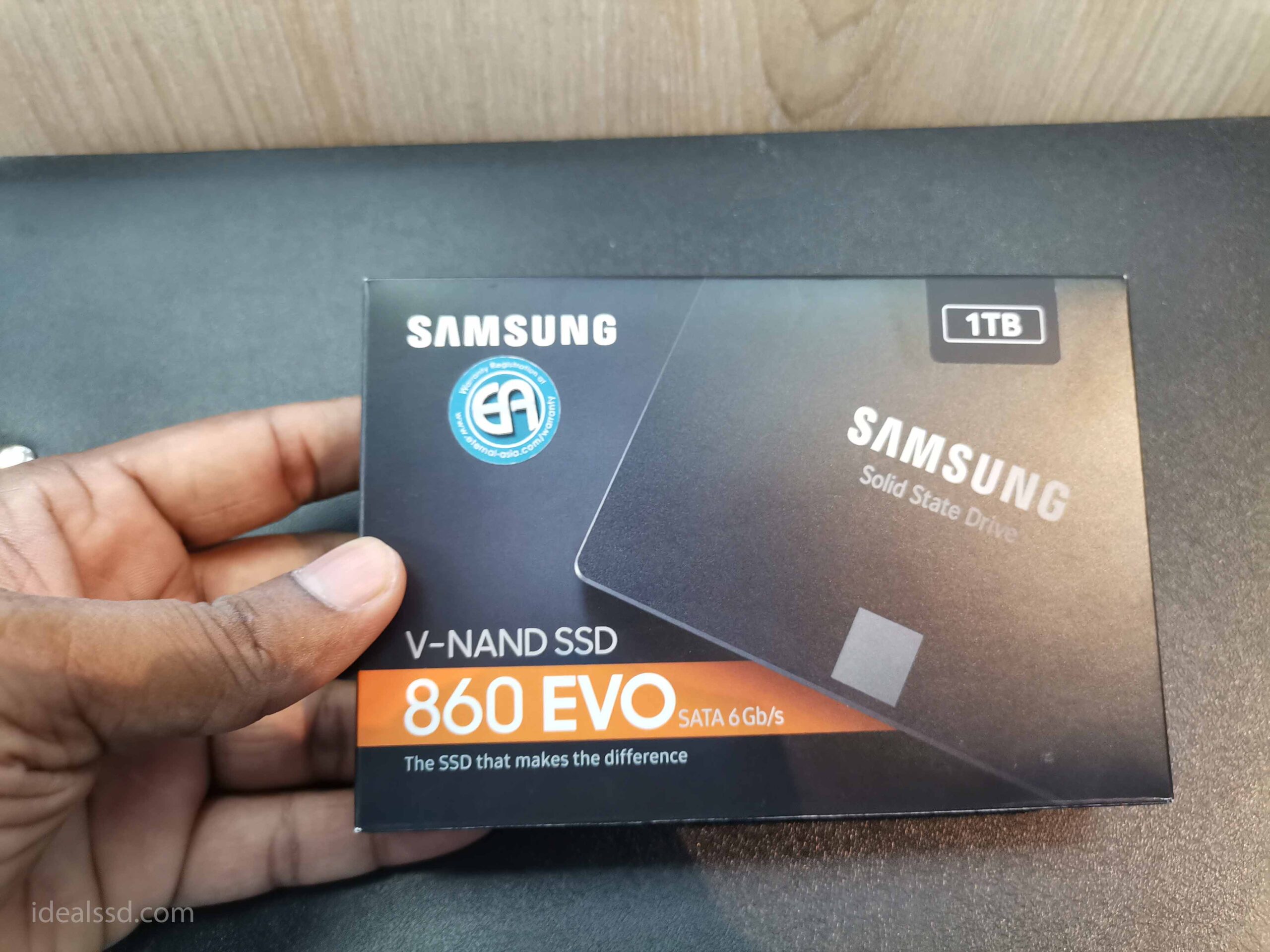
If you’re in the market for a new SSD, you may be wondering if Samsung’s EVO or QVO drives are the best options for you. Both drives offer impressive performance and features, but they are suited to different types of users. In this article, we will take a look at the key differences between these two SSDs so that you can decide which one is right for you. EVO vs QVO let’s find.
If you don’t want to read this whole article, I’ll give you a quick summary. EVO and the QVO. Both offer great value for money. My recommendation is to go for EVO.
- Samsung EVO: If you’re looking for the highest possible performance, then the EVO is the way to go. It features faster read and write speeds, as well as higher capacity models. Max capacity is 4TB. Check Samsung 870 EVO on Amazon
- Samsung QVO: It offers the highest storage but with a little performance downgrade. Read the whole article to see how they overcome it. Max capacity is 8TB. Check Samsung 870 QVO on Amazon
Why You Should Go With Samsung SSD?
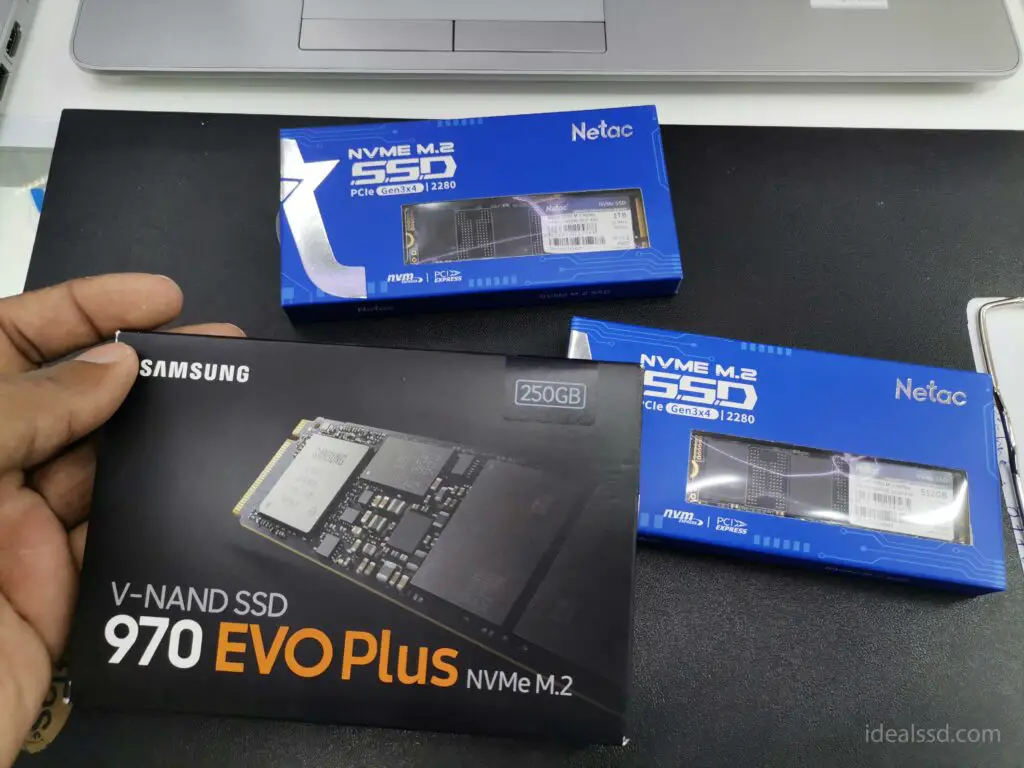
When it comes to storage, speed is everything. That’s why solid-state drives (SSDs) have become increasingly popular in recent years, as they offer a significant performance boost over traditional hard drives. Samsung makes some of the best SSDs on the market, so if you’re looking to upgrade your storage, this is definitely a brand worth considering.
One of the main reasons Samsung SSDs are so popular is because of their incredible speed. Not only do they provide faster boot times and quicker data access, but they also offer much higher transfer speeds than hard drives. This makes them perfect for gaming, video editing, and other resource-intensive tasks. In addition to speed, Samsung SSDs are also known for their reliability and durability.
With no moving parts, they are far less likely to fail than hard drives, and they can handle a lot more wear and tear. With more than 50% of the global SSD market share, Samsung is the clear leader when it comes to storage. So, if you’re looking for the best possible performance and reliability, Samsung is definitely a brand worth considering.
Samsung PRO, EVO and QVO SSDs
Samsung offers 3 types of SSDs
- EVO
- QVO
- PRO
Samsung has been a leading manufacturer of SSDs for many years, and its Pro and EVO lines have been widely acclaimed for their performance and reliability. In 2020, the company introduced its third line of SSDs, the Samsung QVO.
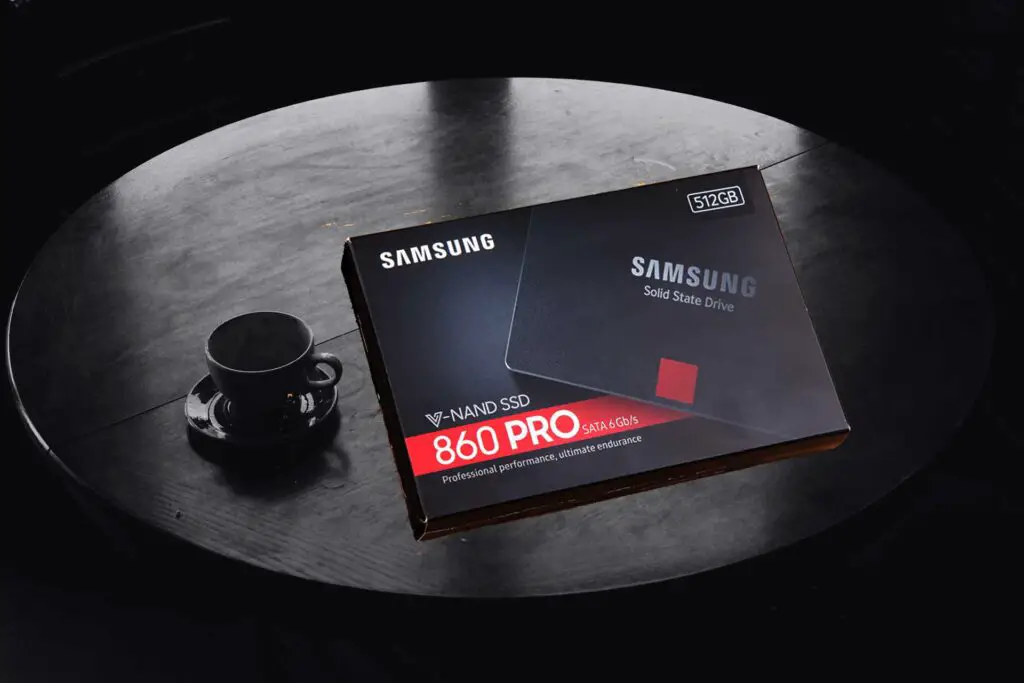
In short and sweet Samsung Pro SSDs are the most expensive. However, they’re also the fastest and offer the best performance. If speed and performance are your top priorities, then a Samsung Pro SSD is worth the investment.
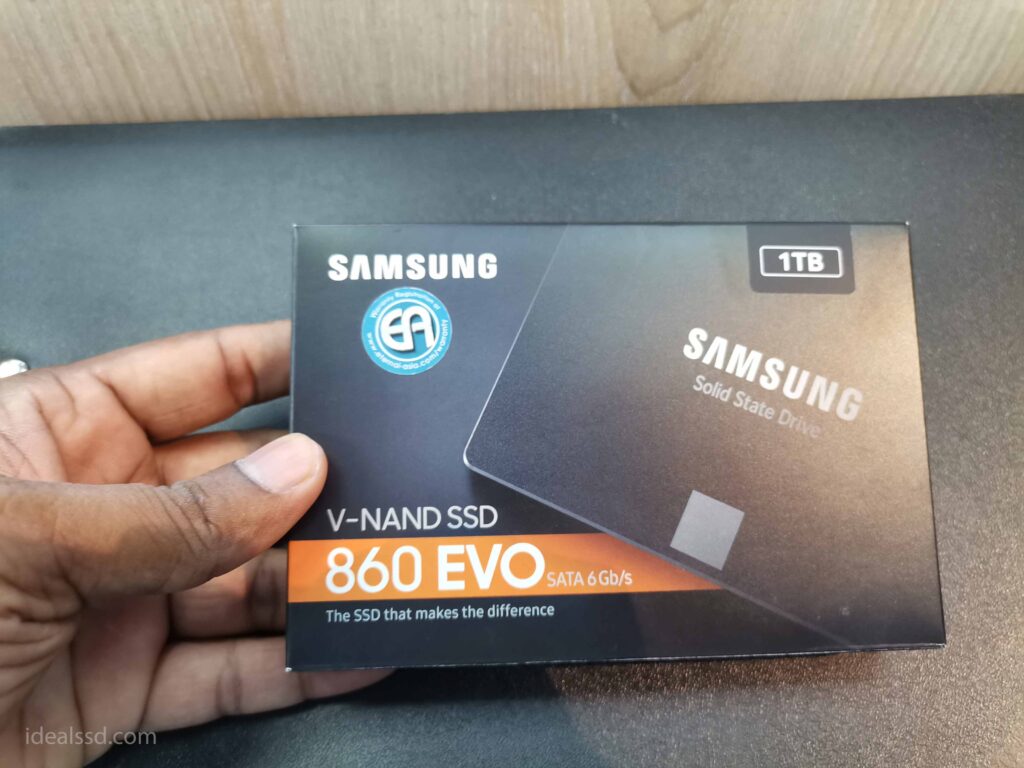
However, if you’re on a budget, then the other two options Samsung EVO and Samsung QVO are more affordable. Both offer good performance, though not as fast as the Pro model.
The QVO is designed for users who need more storage capacity than what the Pro and EVO lines offer, but don’t require the absolute highest level of performance.
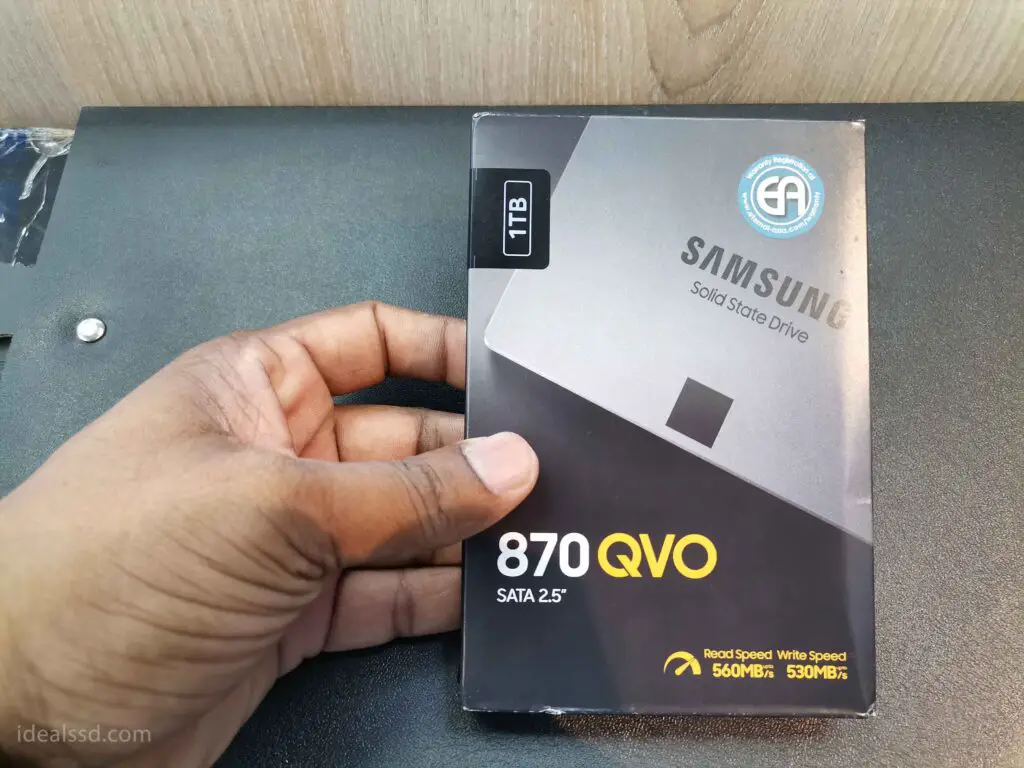
The main distinction between these three models is the type of flash memory they use. These are using a memory type called NAND. NAND flash memory is made up of tiny cells that can each hold one bit of data. These cells are connected together to form a chip, which can then be connected to a circuit board.
NAND flash memory is non-volatile, meaning that it can retain data even when power is removed. NAND flash memory is also resistant to physical shock and vibration, making it an ideal choice for use in electronic devices. NAND flash memory is used in a wide variety of electronic devices, including digital cameras, USB flash drives, and solid-state drives.
Different Types of NAND Flash Memories
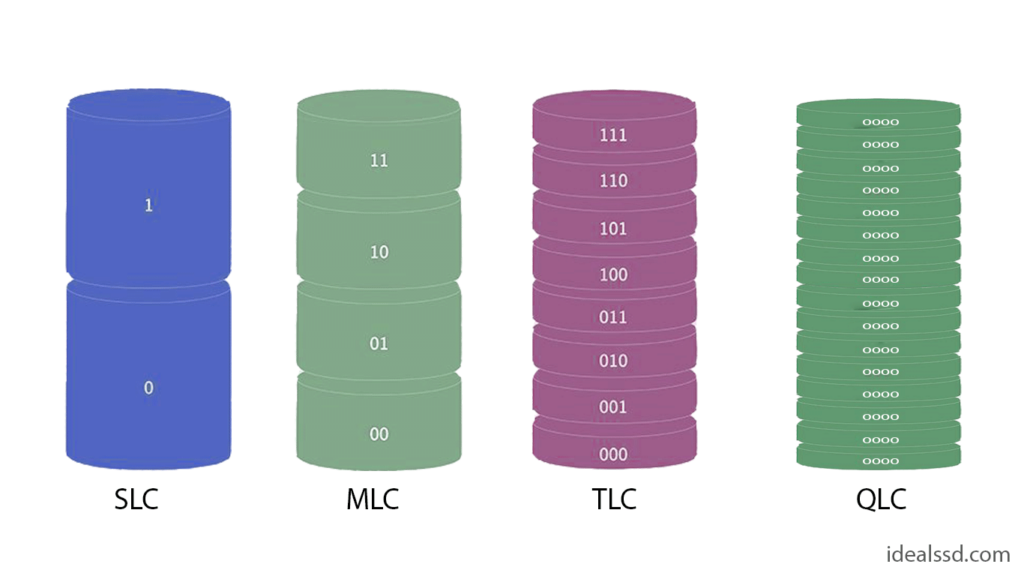
Before starting to talk about the difference between EVO and QVO you have to take an idea about the different types of NAND flash memories. It matters.
There are four different types of NAND flash memories:
1) Single-level cell (SLC)
2) Multi-level cell (MLC)
3) Triple-level cell (TLC)
4) Quad-level cell (QLC)
Single-level cell (SLC) NAND
Single-level cell (SLC) NAND is a type of flash memory that stores 1 bit of data per memory cell. SLC NAND offers faster write speeds, higher reliability, and lower power consumption. As a result, SLC NAND is often used in applications where data integrity is critical, such as in industrial and military applications. However, SLC NAND is also more expensive.
Multi-level cell (MLC) NAND
Multi-level cell (MLC) NAND is a type of flash memory that can hold 2 bits of data per memory cell. This allows for higher data densities than single-level cell (SLC) NAND, but at the expense of lower reliability and slower write speeds. MLC NAND is typically used in consumer-grade devices such as digital cameras and smartphones.
Triple-level cell (TLC) NAND
Triple-level cell (TLC) NAND is a type of flash memory that stores 3 bits of data per cell. TLC NAND offers a higher storage density than single-level cell (SLC) or multi-level cell (MLC) NAND, but it tends to have worse performance and longevity.
Adding more bits per cell decreases the cost and increases the capacity. TLC is the most affordable option for many consumer products.
Quad-level cell (QLC) NAND
As the name suggests, Quad-level cell (QLC) NAND stores 4 bits of data per cell. This makes it the densest of the three types of NAND Flash memory, meaning more capacity can be stored in the same physical space. However, QLC also offers the shortest lifespan of the four, due to the increased wear and tear that comes with storing more data in each cell.
For this reason, it is typically used in applications where data is only accessed occasionally, such as long-term storage or archiving. While QLC NAND may have a shorter lifespan than other types of NAND Flash memory, it still offers an attractive combination of density and affordability.
Because NAND flash memory has a variety of different types, you may expect to see the various performances with each type.
Samsung QVO vs EVO – Now Let’s Talk
So you may be wondering why I talked about the NAND types instead of talking about EVO and QVO. The reason is that the EVO and QVO use different types of NAND Flash memory.
As I explained earlier, the difference in NAND flash memory affects how each drive behaves. So it’s important to understand the types of NAND that Samsung uses in their SSDs. Not just Samsung, but all SSD manufacturers use different types of NAND.
Samsung EVO SSDs use TLC NAND. This means 3 bits per cell while the QVO type uses QLC NAND which is 4 bits per cell. For your reference, Samsung PRO SSDs use MLC NAND which is 2 bits per cell.
So now look at my previous explanation regarding different type of NAND types and their pros and cons. Now I am going to explain which is the best SSD for different types of users.
Samsung 870 EVO Vs Samsung 870 QVO
Since different models of the Samsung SSDs have different features from now on I am going to compare Samsung 870 EVO and Samsung 870 QVO. So You will not get confused between different models. For Eg: If I compared Samsung 860 EVO with Samsung 870 QVO that would not be fair.
I am going to compare the above two models in regard of
- Storage Size
- Performance
- Longevity
- Price
By considering the above factors you will be able to decide which SSD is the best for you.
Storage size
Consumers who are looking for mass storage capabilities in an SSD will want to consider the Samsung QVO line of drives. These drives come in sizes up to 8TB, which is double the capacity of the Samsung EVO line.
870 EVO comes with 250GB, 500GB, 1TB, 2TB, 4TB sizes while 870 QVO comes with 1TB, 2TB, 4TB and 8TB. Note that QVO offers a larger capacity right from the start. The smallest drive has 1TB.
While 8TB of SSD storage might seem like overkill for most of us, there are some situations where it could come in handy. For example, if you work with large video or audio files, you’ll need a lot of space to store them. And if you have a lot of devices that need to be backed up, an 8TB drive will give you the room you need.
Of course, such a massive SSD is also expensive. But if money is no object, then the sky’s the limit when it comes to storage capacity. QVO drives offer even higher capacities than traditional SSDs, so if you really need a lot of space, they’re worth considering.
Winner: Samsung 870 QVO
Performance
Most people now default to an SSD when they purchase a new computer. The main reason for this is the speed advantage that SSDs offer over HDDs. The difference in reading and writing speeds is especially important for users who regularly work with large files or who need to access information quickly. With an SSD, files can be copied and transferred at lightning speeds, which is a huge time-saver.
So now there is no more comparison between SSD and HDD. Now the comparison happens among SSDs. Now there are SSDs such as WD Black SN850 NVMe (Check on Amazon) which have impressive read and write speeds of 7000 MB/s and 5300 MB/s respectively.
If you are interested in WD SSD drives check my below posts.
- WD Blue vs WD Black SSD – Simplified Buyers Guide
- WD Black SSD for Gaming: Is It the Right Choice?
- WD Blue vs WD Green – Simplified Buyers Guide
- What Do the Colors Mean in WD SSD?
So when it comes to EVO and QVO, Samsung’s QVO SSD uses QLC NAND flash memory, which is the slowest and lowest-end type of flash memory available. However, Samsung has managed to overcome many of the typical drawbacks associated with QLC NAND, such as high latency and low endurance by using Samsung’s Intelligent TurboWrite technology.
Samsung’s Intelligent Turbo Write technology is a new feature that promises to improve the performance of solid-state drives (SSDs). The technology works by using a larger portion of the drive’s flash memory for high-speed writes, which reduces the write amplification and enables the SSD to achieve higher write speeds. In addition, the technology automatically optimizes flash memory usage to help prolong the life of the SSD.
TurboWrite allows the SSD to temporarily boost the speed at which data may be moved, allowing the user to write files more quickly. In spite of the advancement of this technology, there are certain limitations. Upon having transferred data of 42GB – 72GB, the speed began to decrease to what is typically expected of such a technology.
So because this limitation occurs after certain GBs QVO is not good for frequent writes.
Winner: Samsung 870 EVO
Longevity
The amount of data that can be written to an SSD before it fails is typically measured in terabytes written (TBW). This number indicates how much data can be recorded on the drive over its lifespan. So this TBW will be a measurement of longevity.
For example, a 120 GB SSD with a TBW of 60 would be able to store 60 TB of data before failing. The average lifespan of an SSD is approximately 5-10 years, although this number will vary depending on the make and model of the drive.
The lifespan of an SSD is affected by a number of factors, including
- The quality of the flash memory chips,
- Endurance of the controller,
- The overall manufacturing quality of the drive
- Usage of the drive.
However, one of the most important factors is the way in which the drive is used. For example, writing large amounts of data to an SSD on a regular basis will reduce its lifespan. As a result, it is important to carefully consider how an SSD will be used before purchasing one.
Generally speaking, QVO drives offer a shorter lifespan than EVO drives. This is because EVO uses TLC NAND, which is more durable than QLC NAND, which is used in QVO drives. As a result, EVO drives typically have a longer warranty period than QVO drives.
However, this doesn’t mean that QVO drives are bad. They still offer many of the same benefits as EVO drives, including faster data transfer speeds and lower power consumption.
As I said any device’s longevity will depend on how the user uses the device. If we use the device carefully, any device will last long. Since that can`t be measured we will talk about TBW which can be measured.
Let’s compare the Samsung 870 EVO and Samsung 870 QVO once again:
Here are the TBW ratings given for each drive. To get in-depth knowledge about TBW refers to the article Why Does TBW Matter in SSDs?
- 1TB disk size: EVO=600 TBW, QVO=360 TBW
- 2TB disk size: EVO=1,200 TBW, QVO=720 TBW
- 4TB disk size: EVO=2,400 TBW, QVO=1,440 TBW
As you can see from the above numbers, the EVO is still the clear winner when it comes to TBW ratings. Even though the differences between TBW on the different devices are very big, they might not mean that much to regular users.
It’s worth noting that the figures for one drive to the next might vary, and just because an SSD has a warranted TBW of 1,500 doesn’t guarantee that it won’t break down before reaching that level. Some SSDs, on the other hand, continue to operate after their expected TBW threshold.
All these numbers mean that if anything happens you are still under warranty period and you can get a new one.
Winner: Samsung 870 EVO
Price

When it comes to shopping for a Solid State Drive (SSD), price is certainly an important consideration. After all, who wants to overpay for a new piece of computer hardware? When comparing SSDs, it’s important to keep in mind that there can be a lot of variation in price depending on the model and storage capacity.
Generally speaking, QVO drives are much less expensive than their EVO counterparts. Of course, you’ll still want to do your research to make sure you’re getting the best possible deal on the specific SSD you’re interested in. But if the price is your main concern, then a QVO drive is likely to be your best bet.
I put the price as the last point because I think it should not be the deciding factor while comparing two SSDs. Instead, you should focus on the other factors like performance, endurance, compatibility, and warranty. If you are considering only the price factor of course the winner is the Samsung 870 QVO.
Winner: Samsung 870 QVO
EVO vs QVO. So Which One?
So above I talked about several factors to consider regarding which SSD is right for you. This includes performance, Price, longevity and storage. Each category had a different winner. So which SSD should you buy?
Samsung’s QVO drives come in sizes up to 8TB, which is double the capacity of the EVO 4TB model. The speeds are a bit slower than the EVO drives—but that’s to be expected, given the difference in capacity and the type of NAND used.
The QVO drive is still plenty fast for most users, with sequential read speeds of up to 560MB/s and write speeds of up to 530MB/s. And while the QVO drive may not be the best choice for demanding applications that require constant read and write actions, it’s an excellent option for storage. With its large capacity and fast speeds, the Samsung QVO drive is a great choice for power users who need a lot of storage space.
The Samsung EVO line of SSDs is widely considered to be the best on the market. They offer superior performance and reliability, and they’re backed by a generous warranty. However, they’re also more expensive than the Samsung QVO line of SSDs. The QVO line is a good choice for budget-conscious shoppers, but it doesn’t offer the same level of performance or reliability as the EVO line.
Ultimately, the decision between the two lines of SSDs comes down to a trade-off between price and quality. Those who are looking for the best possible performance and reliability should opt for the EVO line, while those who are looking to save money should opt for the QVO line.
But if you ask me to choose one I’ll definitely go with EVO type SSD. Check Samsung 870 EVO on Amazon
References
- Samsung 860 EVO or 860 QVO : https://www.reddit.com/r/buildapc/comments/alczer/samsung_860_evo_or_860_qvo/
